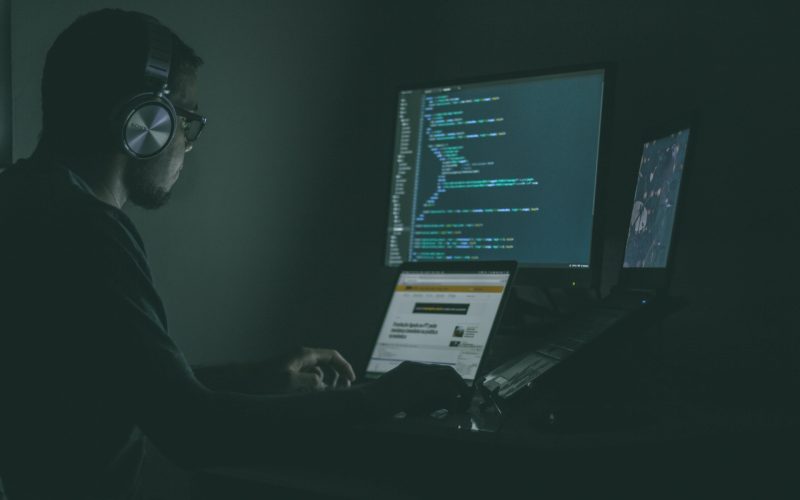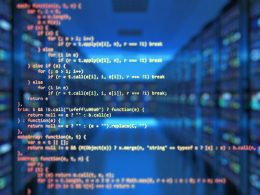Zero Trust is a cybersecurity strategy that assumes every device, user, and connection is untrusted until verified. It requires organizations to limit the blast radius by continuously verifying end-to-end traffic. It also means enforcing access policies based on identity, location, device, service, workload, and data classification.
Continuous Verification
Zero Trust aims to limit access to sensitive data and systems by continuously verifying users and their devices. This approach prevents unauthorized data breaches, lateral movement by attackers, and insider attacks. It also helps reduce the risk of attacks that target identity, passwords, and credentials, such as malware-like bots, which use stolen login information to gain unfettered access to a network. A zero trust framework requires a comprehensive approach that combines multiple layers of protection, including identity and device protection, risk-based multi-factor authentication, granular access controls, and micro-segmentation techniques to eliminate the attack surface. It also relies on various technologies, from next-generation firewalls to advanced threat detection and prevention solutions. A key aspect of zero Trust is the principle of least privilege. It ensures that users are only given the necessary access to do their jobs and nothing more. This is critical because if an attacker manages to gain entry into the network or a cloud system, they cannot move laterally and cause more damage. Instead, they will be locked out by continuous validation and a secure segment of one.
Multi-Factor Authentication
To verify identities continuously, Zero Trust requires the use of multiple authentication factors. MFA is a common approach that combines something the user knows, something the user has, and some proof-of-presence, like a device location or time-based authentication. Using these methods enables the continuous verification of users and devices and a refusal to allow access when the risk is high. It also ensures that the unauthorized behavior of attackers is identified quickly and can be stopped before they can cause significant damage. Think of it as a highly vigilant security guard — constantly checking that you are who and where you say you are. The goal is to avoid extending Trust to anything inside or outside the network by continuously verifying identities, devices, and apps. This can be achieved using policy-based micro-segmentation and authentication decisions based on various factors, including user authentication, a combination of identity, application and environmental context, and contextual data such as telemetry. The most successful Zero Trust environments combine advanced technologies, including threat-based MFA, next-generation endpoint protection, robust cloud workload security, and automated identity and device context collection.
Trusted Third Party
The security infrastructure required to maintain Zero Trust principles is extensive. Continuous verification and logging require inspecting every network call, file access, and email transmission for potential threats. This requires a lot of staff and intelligent technology to keep up with, but it is also one of the most effective ways to mitigate the damage done by ransomware and other attacks. It is a fundamental shift from the traditional “trust but verify” approach to “never trust, always verify.” It is designed to defeat many common threats, including the ability for attackers to steal credentials and gain lateral movement inside your network. It combines advanced technologies like risk-based multi-factor authentication, identity protection and management, next-generation endpoint security, cloud workload security, and a robust security analytics program. It can also be extended to the data layer with dynamic data access control, which enables granular permissions for users based on the type of data they’re working with, their role, the device, their location, and other factors.
Automation
A Zero Trust security framework requires consistent user access and activity monitoring, network changes, data alterations, and device hygiene. This process combines authentication and authorization with analytics, filtering, and logging to watch for suspicious behavior or signs of a breach. Automation enables organizations to respond to threats faster and ensure that their zero-trust model is executing as intended, no matter how complex the infrastructure is. Humans can’t keep up with the volume of security monitoring events needed to enforce a zero-trust policy and protect against cyberattacks, malware, and data breaches. Zero Trust demands continuous verification of all access to private applications, whether a user is logging in from the office, at home, or on a conference call around the globe. It also requires strict policies and limited connection privileges for service accounts, which can be used to move through the network and steal sensitive information laterally. This is why it’s crucial to automate as much as possible. The faster a risk is identified and responded to, the less damage it will cause.
Behavioral Analytics
Behavioral analytics is a security technology that uses volumes of raw data to detect and block suspicious activity. This helps ensure that the right people access suitable information systems and networks while reducing the chance of ransomware attacks. The fundamental principle of Zero Trust is “never trust, always verify.” The goal is to protect all internal data and infrastructure from external threats securely. This includes users, their devices, and external sharing processes. It also requires continuously limiting and monitoring access per request, reducing the blast radius should a breach occur. Ultimately, Zero Trust is more than just a technology; it’s a way of thinking. It’s a framework that can be implemented to solve modern business challenges like securing remote workers, protecting hybrid cloud environments, and fighting sophisticated cyberattacks. Board members must understand the value of implementing this model and how it can help them achieve their cybersecurity objectives.









